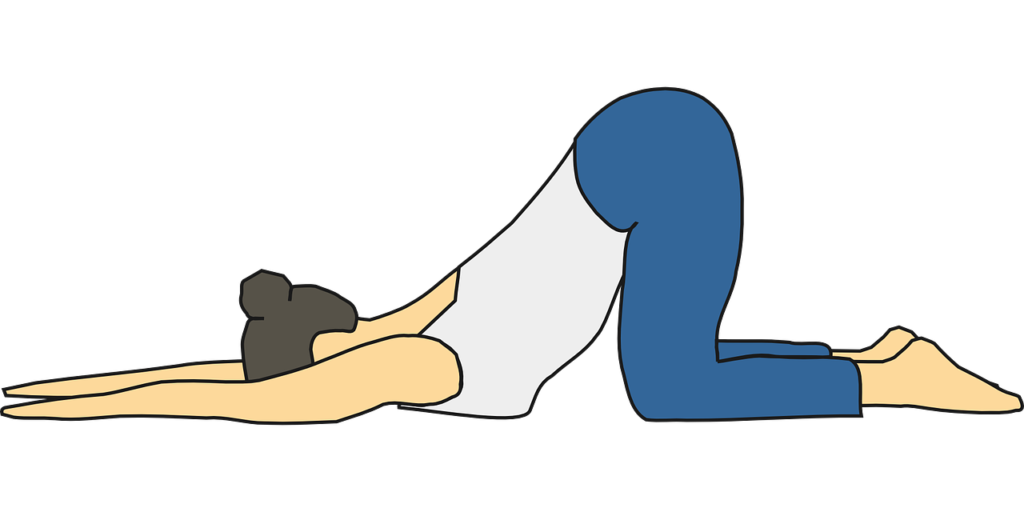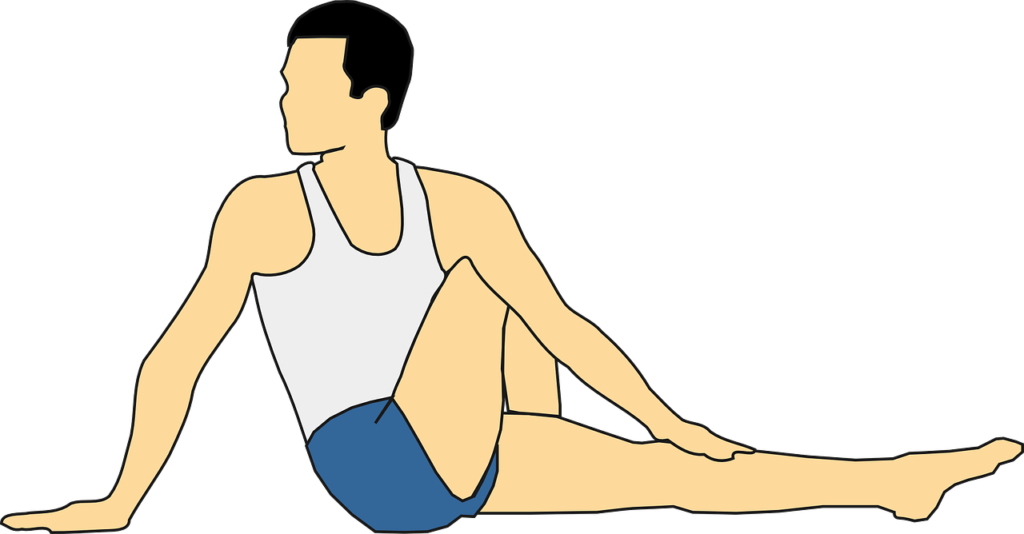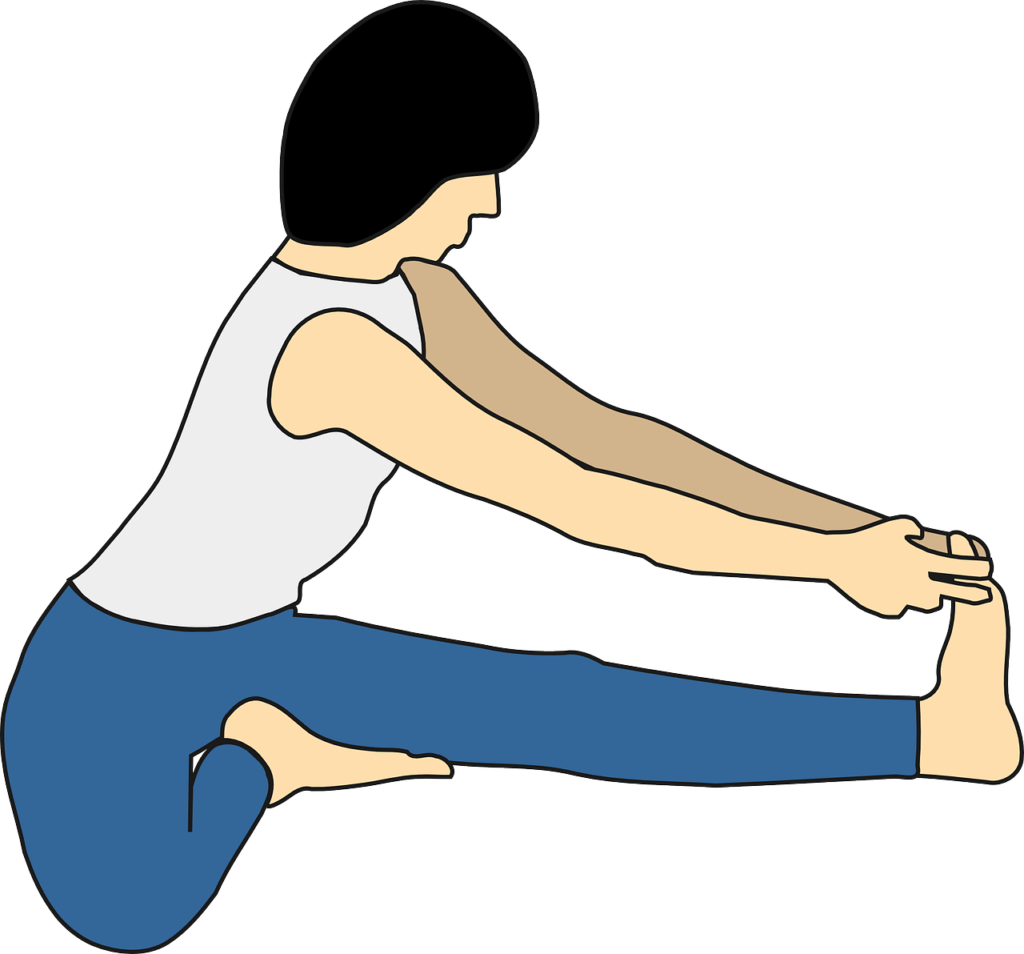
Stretching should be an enjoyable ritual for everyone. It makes us feel good, relaxed and, most importantly, it prevents injuries. The idea behind stretching is to elongate your muscle fibres, extending them to the full range of motion, and this ritual becomes more and more important as we get older.
If there’s one signal that’s most responsible for feeling the need to stretch, it’s the feeling of aches and pains linked to chronic inflammation. Whether it’s arthritis, sciatica or any one of the endless musculoskeletal conditions out there, this type of deep tissue inflammation is governed by pain and stiffness, and basically makes life a lot less enjoyable.
It goes without saying that the best defence against this type of inflammation is to be as fit and healthy as possible throughout your life, and daily stretching is part of that. Stretching every day isn’t a magic potion. It won’t treat the condition causing the pain but it will certainly take the edge off and relieve stiffness and soreness if pain has set in.
We’re not stretching the truth: there’s a right and wrong way to go about stretching.

Once upon a time, stretching was to exercise, what proposing is to marriage: an essential build-up to the main event. We’ve made a U-turn since then and we’re now encouraged to exercise before stretching.
Think of your muscles as you wake like a tight, cold elastic band. If you forced it to stretch, it could easily snap. A warm band will be much more elastic. This principle holds true for your muscles. Stretching from the get-go could cause you more pain. In the morning, the muscle fibres are too cold and constricted to stretch to their full range, they need warming up with dynamic but simple exercise, a 5 minute brisk walk or jog will do the trick.
Should you push through the pain?
NO. It is very important that you don’t stretch into the pain as this could do more harm than good. Ease into the stretch and stop at the point you feel tight.
Stretching needs to be part of your daily ritual, and that doesn’t include that sluggish yawn-and-stretch as you get out of bed. As you get into the routine, you’ll find that your pain-free range will increase and you’ll go deeper into the pose with ease. This is really rewarding!
When should you stretch?
The best time to stretch is on an empty stomach, before breakfast or dinner. At Spinal Care Clinics in Brentwood, we highly recommend stretching in the mornings to kick start your day in the right way AND so you can tick it off your list, because we all know it can be hard to find the motivation in the evening.
Stretched for time? Most of us can’t manage a full-on yoga session every day, but don’t worry! We’re covering just the absolute stretch basics. These are aimed at working the muscles in the body that we tend to compromise during the day and all you need is a few minutes.
Breathing
It might sound funny but breathing is more difficult than you might think when you’re stretching. Proper breathing helps with blood circulation and relaxes your body so that you can surrender to the stretch.
Hold the following poses for 10 – 20 seconds, EXHALING as you stretch and INHALING as you relax.
Extended puppy dog – Upper back and shoulder stretch

This stretch combines the benefits of two popular yoga poses: child’s pose and downwards facing dog, which will still fully stretch-out those shoulder blades, neck and upper back.
- Come onto all fours on the floor with your shoulders directly above your wrists.Start walking your hands forward, bringing your chest to the floor.
- Drop your forehead to the ground, allowing your back to curve inwards.
- Extend your spine even further by pulling back on your hips and pressing your hands firmly on the floor as if you are lengthening your spine from both sides.
Seated twist – Lower back and pelvis stretch

- Sit on the floor with both legs outstretched. Bend your right knee, bringing your foot to the same level as your left knee.
- Sit tall to extend your spine and place your right hand behind you for support.
- Twist your trunk, raising your left elbow across your body so that it rests on the outside of your right knee.
- Remember to exhale as you look back
- Inhale as you come back to your original position and switch sides.
Hamstring stretch

Tight hamstrings are often a cause of lower back pain and even though this stretch seems basic, it’s very effective if you’re struggling with lower back pain or sciatica.
- Sit on the floor with one leg out straight in front of you.
- Bend the opposite leg and bring your heel to your groin, resting your knee on the floor.
- Straighten your back to lengthen your spine (you might already feel the pull!)
- Now extend your arms and reach forward by bending at the waist as far as possible in the comfortable range.
- Make sure to keep your outstretched knee locked.
- Focus on your breathing and repeat on the other side.
Extend & mend
Think of this sequence as ‘stretching essentials’. They target some of the key muscles in trigger point areas. We encourage our clients to perform daily stretching to increase mobility. It is part of leading a healthy lifestyle and preventing age related inflammation and chronic pain.

